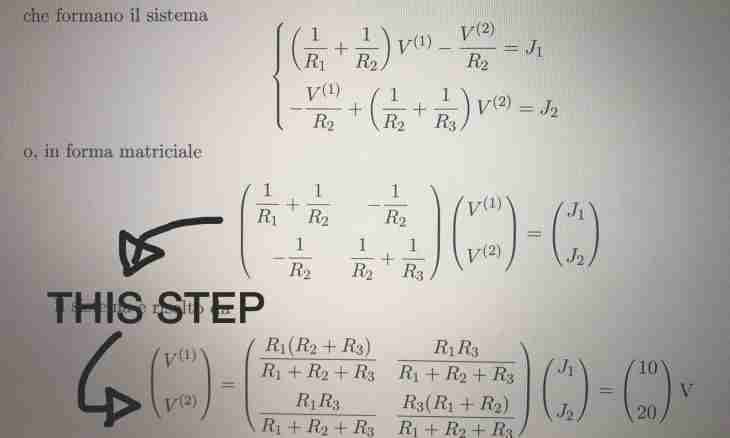If in inequality there are functions under the sign of a root, then this inequality is called irrational. Main methods of the solution of irrational inequalities: replacement of variables, equivalent transformation and also method of intervals.
It is required to you
- - mathematical reference book;
- - calculator.
Instruction
1. The most widespread way of the solution of such inequalities is that both parts of inequality are built in the necessary degree, that is if in inequality there is a square root, then both parts are built in the second degree if a root in the third degree – in a cube and so on. But there is one "but": it is possible to square only those inequalities which both parts non-negative. Otherwise, if you square negative parts of inequality, then it can break its equivalence, at construction in the second degree at you values both equivalent, and not equivalent to initial inequality will turn out. For example, –1
Write, and later solve an equivalent system for inequality of the following type: √f (x) 0. Considering, as the first, and second part of irrational inequality non-negative, construction of these values in a square does not break equivalence of separate parts of inequality. Thus, the following equivalent system of inequalities, as on the provided image turns out.
After construction of both parts of inequality in necessary degree, solve the turned-out square inequality (ax2 + bx + c> 0) through finding of a discriminant. You find a discriminant on a formula: D = b2 - 4ac. Having found value of a discriminant, calculate h1 and h2. For this purpose substitute values of square inequality in the following formulas: h1 = (-b + sqrt (D)) / 2a and h2 = (-b - sqrt (D)) / 2a.
2. Write, and later solve an equivalent system for inequality of the following type: √f (x) 0. Considering, as the first, and second part of irrational inequality non-negative, construction of these values in a square does not break equivalence of separate parts of inequality. Thus, the following equivalent system of inequalities, as on the provided image turns out.
3. After construction of both parts of inequality in necessary degree, solve the turned-out square inequality (ax2 + bx + c> 0) through finding of a discriminant. You find a discriminant on a formula: D = b2 - 4ac. Having found value of a discriminant, calculate h1 and h2. For this purpose substitute values of square inequality in the following formulas: h1 = (-b + sqrt (D)) / 2a and h2 = (-b - sqrt (D)) / 2a.

